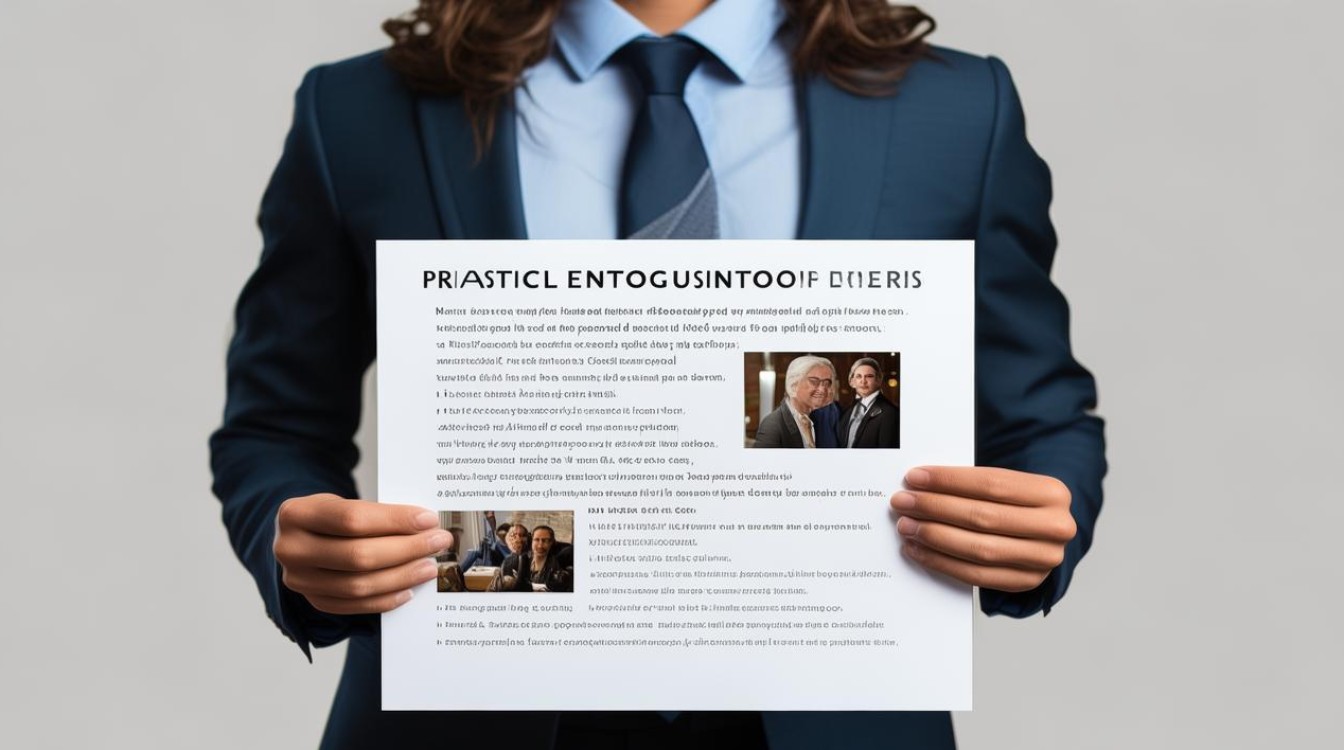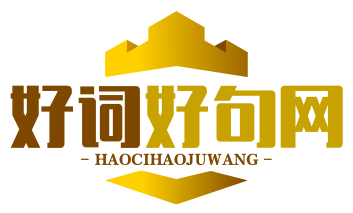在社交场合、商务会议或日常交流中,介绍他人是一项必备技能,无论是正式场合还是非正式环境,掌握得体的英语介绍句型能让你显得更专业、更自信,以下将从不同场景出发,提供实用句型并分析使用技巧,帮助你流畅自然地完成介绍。

正式场合的规范介绍
正式场合如商务会议、学术论坛或官方活动,需使用结构清晰、措辞严谨的表达方式。
基础模板
- "May I introduce [姓名], [职位/身份] from [机构]?"
(例:May I introduce Dr. Emily Carter, Senior Researcher from Oxford University?) - "It’s my honor to present [姓名], who [成就/职责]."
(例:It’s my honor to present Mr. David Lee, who leads our global marketing strategy.)
突出专业背景
在正式场合,可强调被介绍人的资质或贡献:
- "With over 15 years in finance, [姓名] has pioneered [具体成就]."
- "As the author of [著作], [姓名] brings unique insights on [领域]."
使用技巧:提及具体数据(如年限、项目名称)能增强可信度,符合E-A-T原则中的“专业性”。
非正式场景的轻松表达
朋友聚会或社区活动中,介绍语言可更随意,但需保持礼貌:

朋友间引荐
- "This is [姓名]—we met at [场合] and bonded over [共同兴趣]."
- "You’ll love [姓名]; they’re amazing at [特长]!"
自然过渡的短语
- "By the way, have you met [姓名]?"
- "[姓名], I think you and [另一人] share an interest in [话题]."
特殊情境的灵活应对
介绍上级或客户
- "Mr. Johnson, I’d like you to meet our client, [姓名], VP of [公司]."
- "This is [姓名], whose team recently achieved [成果]."
文化敏感场合
在跨文化交流中,注意头衔和称呼:
- 日本/韩国客户:"Please allow me to introduce Director Tanaka."(避免直呼其名)
- 英语国家:"Meet Professor Smith—everyone calls her Sarah."(根据对方偏好调整)
常见错误与修正
-
信息不全
× "This is Alex."
√ "This is Alex, our lead designer who just joined from Milan." -
过度夸张
× "This is the greatest expert in history!"
√ "With 20 patents in robotics, Jenna has significantly advanced the field." -
忽略互动
× "John is a lawyer."
√ "John, tell everyone about your recent environmental law case—it’s fascinating!"
提升表达的高级技巧
-
用故事代替头衔
比起平铺直叙的职位说明,用简短事例更令人印象深刻:
"Last year, Sophia’s algorithm reduced energy waste by 40%—let’s hear how she did it." -
关联听众需求
在商务会议中,突出被介绍人与听众的关联:
"Mark’s supply chain expertise aligns perfectly with the challenges you mentioned." -
非语言配合
- 介绍时手掌向上指向被介绍人
- 目光在双方之间交替,促进互动
英语中介绍他人的艺术,本质是搭建人际桥梁,无论是简洁的“This is...”,还是详实的背景描述,核心在于创造有意义的连接,下次当你需要介绍他人时,试着在基础句型中加入一个具体细节——或许是一份成就、一个共同点,甚至是一个有趣的问题,这种细微的调整,往往能让对话从客套升级为真正的交流。





